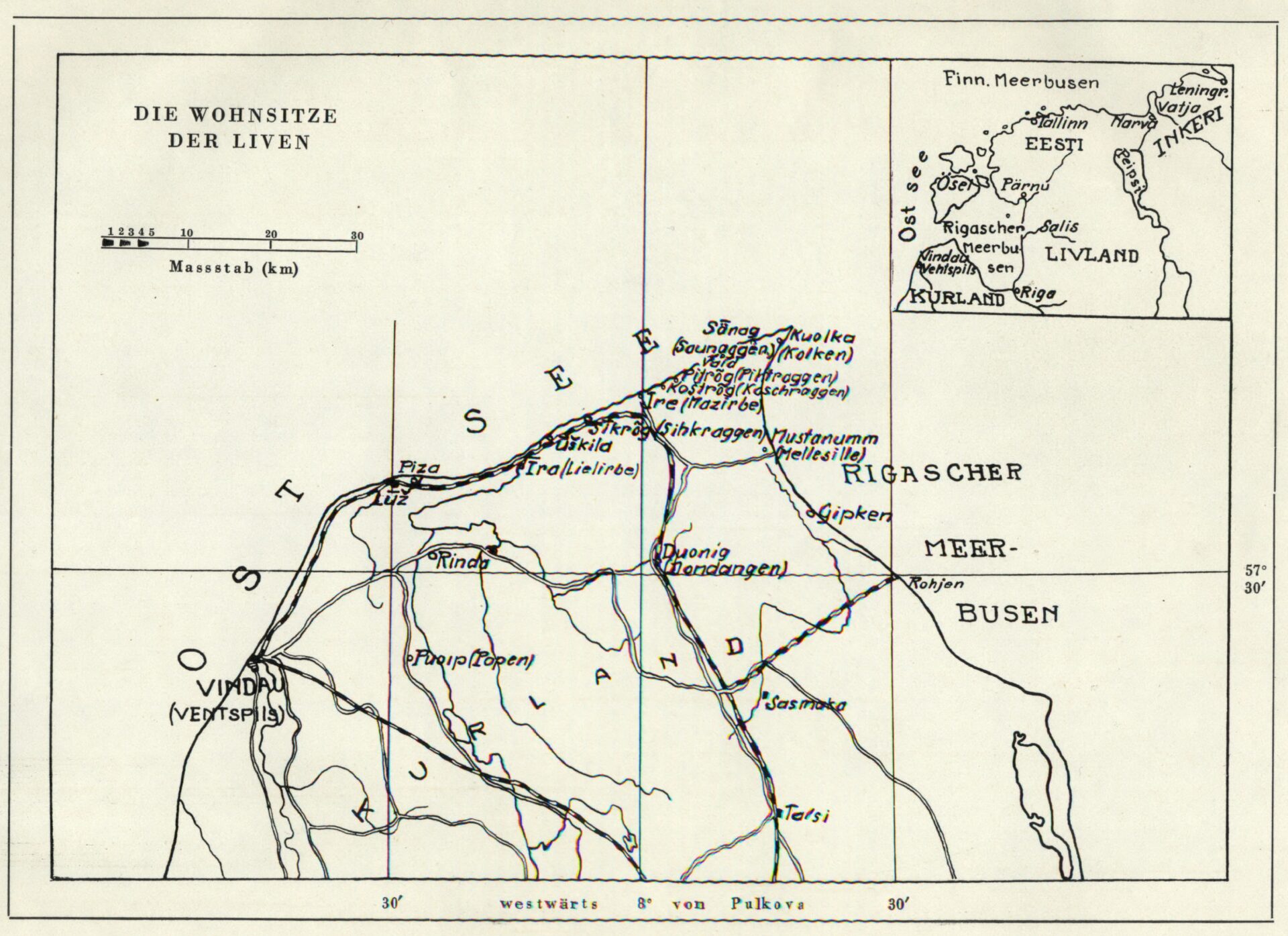
Livonian
Īņõzkillijid / Consonants
This section describes the manner of articulation, place of articulation, and voicing of Livonian consonants.
The voiceless consonants are p t ţ k s š, e.g., padā ’pot’, tubā ’room’, kak ’pie, loaf’. They are always pronounced as a fortis consonant between voiced sounds and after a voiced sound at the end of a word, e.g., võţīm ’key’, tasūd ’cups’.
The voiced consonants are b d ḑ g ļ ņ ŗ z ž, e.g., sadā ’hundred’, vȯzā ’meat’, ažā ’thing’. Though always pronounced voiced between voiced sounds, e.g., tabār ’tail’, they are pronounced voiceless, as a lenis consonant, at the end of a word or before p t ţ k s š, e.g., aig ’pike’, rūož ’rose’, blē’ḑ ’scoundrel’.
The palatalized consonants are ḑ ļ ņ ŗ ţ, e.g., paḑā ’pillow’, nǭļa ’joke’, skuţk ’girl’.
f and h are voiceless fortis consonants, which only occur in loan words, e.g., film ’film’, härtsog ’duke’, himn ’anthem’.
ts tš dz dž are affricates, which occur mostly in Latvian loan words as well as descriptive and onomatopoeic words, e.g., tsepļā ’oven, kiln’, tšūžõ ’to whisper’, tǟ’dzi ’important’, and dadžā ’thistle’. The affricate ds and its palatalized form ḑš also occur, though less often, e.g., je’dsõ ’in front (of)’, kū’oḑštõ ’to judge’.
Long consonants are written with a single letter when occurring at the end of a word or next to another consonant, e.g., kik ’rooster’, andõ ’to give’, maksõ ’to pay’. This results in orthographic consonant alternation, e.g., kik : kikkõ ’rooster (nom) : rooster (prt)’, even though the consonants in both cases are of the same length.
Almost all consonants can occur as short and long geminates or double consonants, i.e., consonants divided into two syllables, e.g., tappõ ’to kill’, tapāb ’(s/he) kills’. Livonian also has voiced geminates, e.g., tu’bbõ ’inside, room (prt, ill)’, ka’ddõ ’to disappear’, i’zzõ ’father (prt)’.


